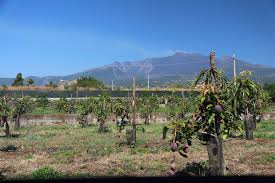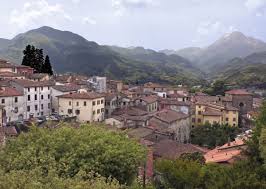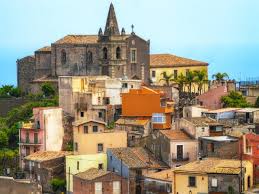Is the future of Italy tropical? Why Sicilian farmers are trading olives for papayas

Rome: The rolling hills of Sicily, once a patchwork of sun-dappled citrus groves and ancient olive trees, have long been the heart of Italy’s iconic agricultural landscape. Underneath the cerulean sky, fields of golden wheat sway in the warm breeze, and the scent of blooming lemon blossoms fills the air in spring.
Yet this picturesque scene is undergoing a dramatic transformation. As climate change accelerates, shifting weather patterns are slowly reshaping these verdant landscapes into something altogether unexpected: a tropical paradise. Facing rising temperatures and increasingly unpredictable rainfall, some Sicilian farmers are trading their traditional crops for exotic fruits like mangoes, avocados, bananas, and papayas, heralding a new era in Italian agriculture.
Sicily may be just the first European region to grapple with an expanding tropical climate, showing the rest of the continent what it means to adapt to a changing planet.
In the heart of Messina, a town on the northeast tip of Sicily, a worrisome rise in average temperature of about 4°F has unfolded over the past 50 years. There, an enthusiastic local grower tends to his lush property that now resembles a tropical forest.
“We used to grow lemons and olives,” Pietro Coccia reminisces, “but the soil and climate have changed. Now, we cultivate mangoes, avocados, and even papayas.”
In recent years, extreme weather in Italy and throughout the Mediterranean has caused drops in olive oil production, and wine grapes in Sicily are increasingly damaged by drought and wildfires.
While some farmers are pivoting to new crops, scientists are studying ways to preserve current staples. Local universities in Sicily are testing resilient crop varieties capable of withstanding extreme weather conditions. They hope to preserve vital wheat and grain crops that would otherwise succumb to a warming climate.
“We have tested over 2,000 wheat varieties in different parts of Sicily, including ancient ones that promote biodiversity. This experiment aims to identify productive seeds for various regions and adaptability to climate change,” explains Paolo Caruso, an agronomist and consultant at the department of agriculture, food, and environment at the University of Catania.
Crops developed for future use will need to be capable of withstanding a hotter, dryer climate.
As rain becomes scarce and temperatures rise, plants increasingly whither and die, exposing a bare layer of soil that’s eroded by wind and washed away by occasional rainfall. Over time, soils become less fertile, a process known as desertification.
Approximately 70 percent of Sicily’s territory is at risk of desertification due to rising temperatures, water scarcity, and soil degradation.
“It’s comparable to sustaining third-degree burns on 70 percent of our body. Such a condition would be fatal for a human being,” explains Professor Christian Mulder of Catania University.
Natale Torre is an agronomist and skilled nurseryman. His tropical plant nursery is at the forefront of a changing agricultural landscape in Sicily.
Additionally, scientists are developing innovative fertilizers tailored to areas ravaged by drought.





